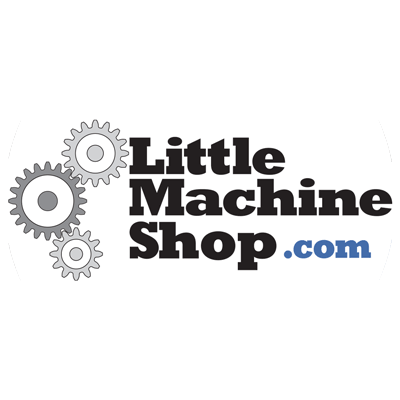- Joined
- Sep 1, 2023
- Messages
- 468
Surely nobody goes through the hassle (and in some cases, cost) of rigging, to-the-kerb-removal, loading, transporting, unloading and from-the-kerb-installation of a non-benchtop lathe to impress anybody else? That would be madness.Many people buy a larger lathe not to be cool

Surely everyone buying larger lathes are either buying one because they love the idea of having all that capability or because they need that capability.
As regards Quinn's anti old iron stance. I don't fully agree with it but I think she does make some good points about relative capabilities when you compare lathes of similar size and price from say the 1940s or 1950s on the one hand and modern decent quality lathes on the other.
However, the main argument against buying a vintage lathe, and a pretty compelling one too, remains the inability of the beginner to assess a vintage lathes state of repair.
I feel now, after stripping down and improving my 7x and learning more about how lathes (and machine tools in general) work, I have a decent (but not certain) chance of visiting a seller of an ML7 and assessing its state to a reasonable degree.
When I got my 7x I know I couldn't have done so.
That's not to say beginners shouldn't try but it's understandable that they often don't and buying a 10x22 from PM isn't the worst decision anybody will ever make.



